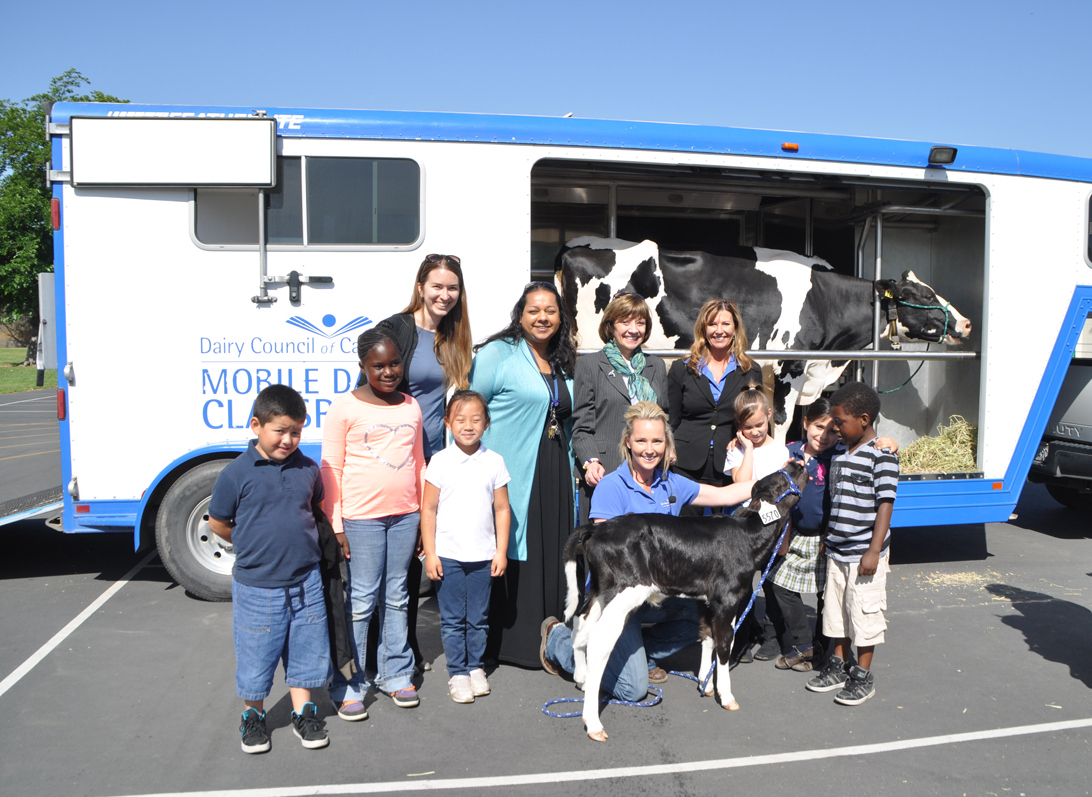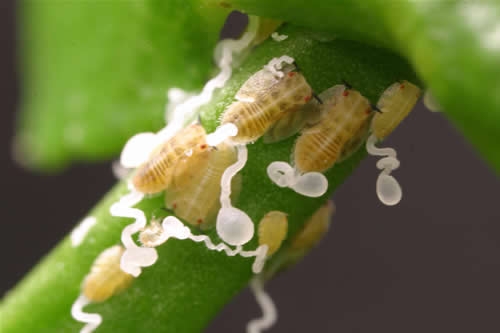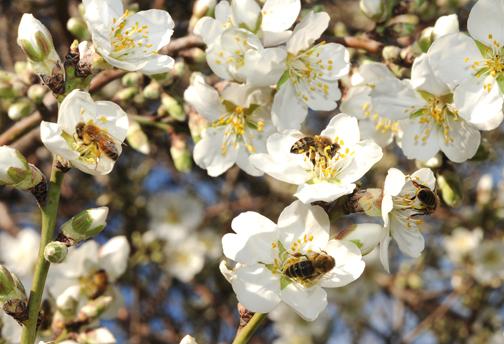USDA Announces $78 Million Available for Local Food Enterprises
Agriculture Secretary Tom Vilsack announced that USDA is making a historic $78 million investment in local and regional food systems, including food hubs, farmers markets, aggregation and processing facilities, distribution services, and other local food business enterprises.
“The 2014 Farm Bill has given USDA new tools, resources and authority to support the rural economy,” Vilsack said. “Consumer demand for locally-produced food is strong and growing, and farmers and ranchers are positioning their businesses to meet that demand. As this sector continues to mature, we see aggregation, processing, and distribution enterprises across the local food supply chain growing rapidly.
These historic USDA investments in support of local food give farmers and ranchers more market opportunities, provide consumers with more choices, and create jobs in both rural and urban communities.”
Vilsack said that $48 million in loan guarantees for local food projects is now available through USDA ‘s Rural Development’s Business and Industry Guaranteed Loan Program, and $30 million is available through competitive grants via the Agricultural Marketing Service’s (AMS) Farmers Market and Local Foods Promotion Program.
The 2014 Farm Bill requires USDA to set aside at least five percent of Business and Industry (B&I) program loan guarantees for projects that focus on local food business enterprises. Details on how to apply for local food funding through the B&I program are available on the Rural Development website. Applications are accepted on a rolling basis.
The B&I program has the authority to fund local food infrastructure in urban areas as long as the project supports farm and ranch income and expands healthy food access in underserved communities.
Rural Development’s B&I program provides financial backing for rural business development in partnership with private-sector lenders. It is one of several USDA programs that help finance local foods projects.
In 2013, Rural Development supported more than 170 local food infrastructure projects – from food hubs, to scale-appropriate processing facilities, to cold storage and distribution networks. Entities eligible for B&I loan guarantees include cooperatives, non-profit organizations, corporations, partnerships or other legal entities, Indian tribes, public bodies or individuals.
The 2014 Farm Bill tripled funding for marketing and promotion support for local food enterprises by creating the Farmers Market and Local Foods Promotion Program, administered by the Agricultural Marketing Service (AMS). This new program makes $30 million available annually to farmers markets, other direct producer-to-consumer venues, and other businesses in the local food supply chain.
Under this program, $15 million is now available for marketing and promotional support specifically for local food businesses, including food hubs, delivery and aggregation businesses, and processing and storage facilities along the local food supply chain, while $15 million is for marketing support for farmers markets and other direct to consumer outlets.
Since 2009, AMS, which administers this program, has funded nearly 450 projects totaling $27 million to support direct marketing efforts for local food. More information about how to apply is available on the AMS website. Applications are due June 20, 2014.
These funding opportunities are cornerstones of the USDA’s commitment to support local and regional food systems. USDA’s Know Your Farmer, Know Your Food Initiative coordinates the Department’s policy, resources, and outreach efforts related to local and regional food systems The Know Your Farmer, Know Your Food Compass maps nearly 3,000 local and regional food projects supported by USDA and eleven other federal agencies.
Secretary Vilsack has identified strengthening local food systems as one of the four pillars of USDA’s commitment to rural economic development, along with production agriculture (including expanding export markets and improving research), promoting conservation and outdoor recreation opportunities, and growing the biobased economy.




















